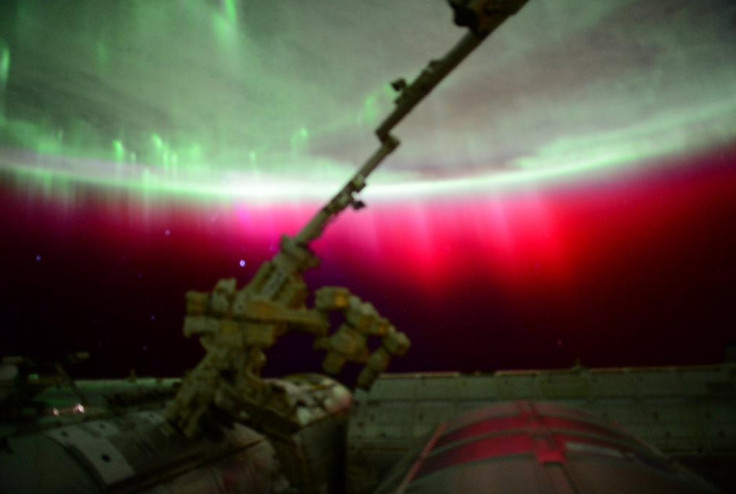Sun emits M6.6 flare causing severe geomagnetic storm and beautiful auroras across the globe

Aurora watchers have been advised to keep a close eye on the night's sky over coming days following a M6.6 solar flare that resulted in a "severe" geomagnetic storm.
The geomagnetic storm led to auroras lighting up the sky across the globe – with social media users sharing their images from Australia to Canada.
Nasa said an active region of the sun that produced the solar flare has erupted again: "A long duration x-ray flare reached R2 (Moderate) Radio Blackout levels ... Thus, users impacted by solar flares and users impacted by geomagnetic storms were each being affected," the Space Weather Centre said in an initial statement.

"Just as importantly, early imagery indicates a coronal mass ejection (CME) also erupted. More data are needed to confirm the direction and speed of the CME, so stay tuned here for more updates. In the meantime, the Solar Radiation storm continues unabated, briefly reaching S3 levels, so June 22 has seen significant space weather across all of the NOAA Space Weather Scales."
The agency went on to say the geomagnetic storm had "quickly ramped up to severe levels" and solar wind conditions "remain highly favourable for continued strong geomagnetic storming".

The solar flare was captured by Nasa's Solar Dynamics Observatory. These flares are powerful bursts of radiation and while this radiation cannot pass into Earth's atmosphere to harm humans, they can disturb the part of the atmosphere where GPS and communication signals travel.
Nasa classified the flare as an M6.6 – M-class flares are about a tenth of the size of the most intense X-class flares. The number signifies how strong it was: "An M2 is twice as intense as an M1, an M3 is three times as intense."
I've never seen this before- red #aurora. Spectacular! #YearInSpace pic.twitter.com/j2DVejt974
— Scott Kelly (@StationCDRKelly) June 22, 2015International Space Station astronaut Scott Kelly tweeted a picture of the following auroras, saying he had never seen anything like it before.
Day 87. The red curtain of an #aurora closes on another day. Good night from @space_station! #YearInSpace pic.twitter.com/NUyJkGKy9y
— Scott Kelly (@StationCDRKelly) June 22, 2015© Copyright IBTimes 2025. All rights reserved.






















